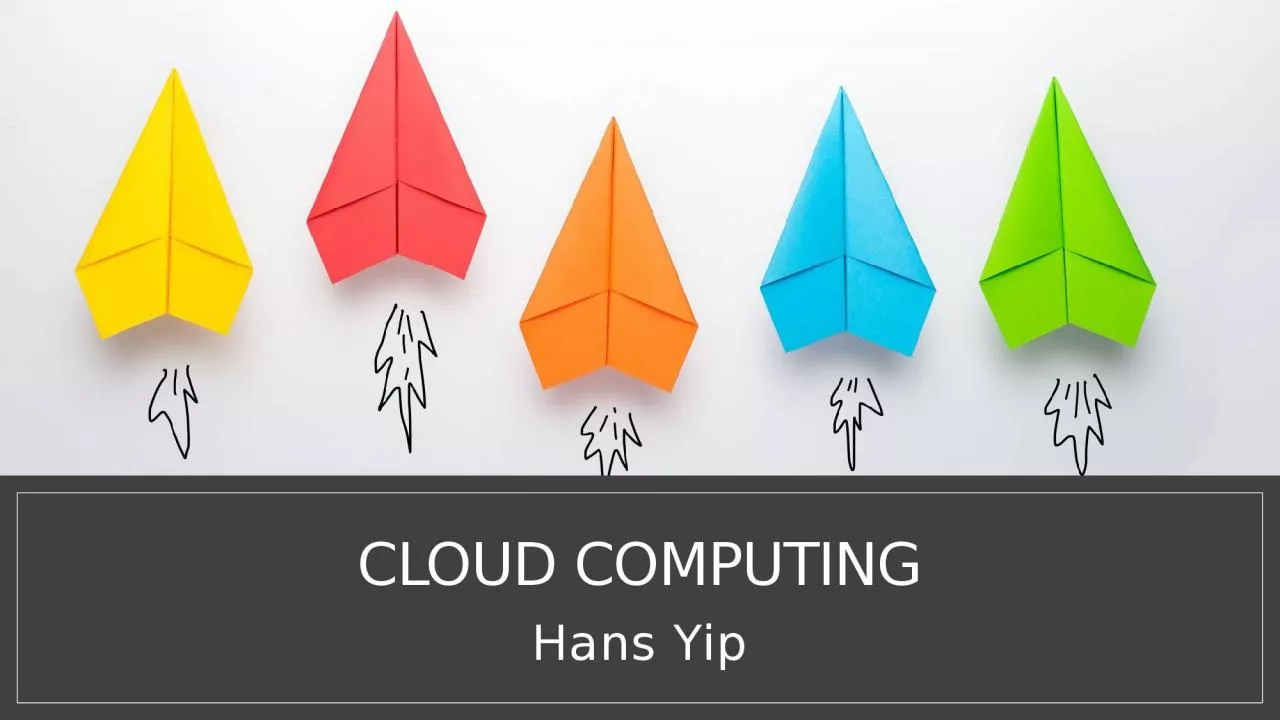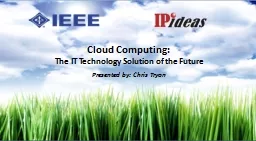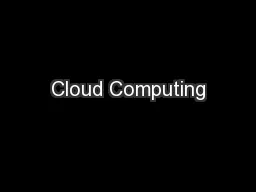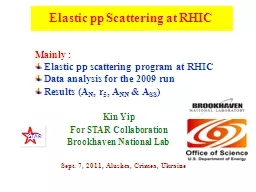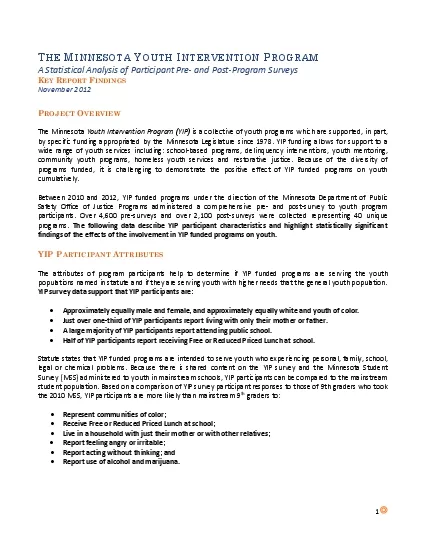PPT-cloud computing Hans Yip
Author : beatrice | Published Date : 2023-10-25
Learning Objectives What is Cloud Computing Cloud Characteristics Cloud Benefits What is payasyougo Economies of Scale Asaservice models IaaS PaaS SaaS Cloud deployment
Presentation Embed Code
Download Presentation
Download Presentation The PPT/PDF document "cloud computing Hans Yip" is the property of its rightful owner. Permission is granted to download and print the materials on this website for personal, non-commercial use only, and to display it on your personal computer provided you do not modify the materials and that you retain all copyright notices contained in the materials. By downloading content from our website, you accept the terms of this agreement.
cloud computing Hans Yip: Transcript
Download Rules Of Document
"cloud computing Hans Yip"The content belongs to its owner. You may download and print it for personal use, without modification, and keep all copyright notices. By downloading, you agree to these terms.
Related Documents

